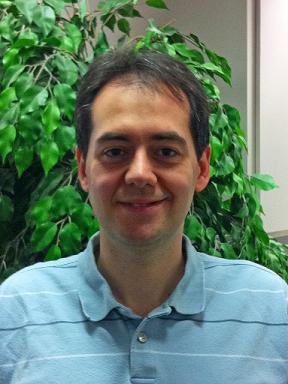Dr. Steven Guekguezian, known to his patients as Dr. G., was born and raised in Montreal, Canada, moved to the United States to pursue his dream of becoming a dentist. He graduated from New York University College of Dentistry and is now practicing dentistry in Los Gatos, California. He was inducted into the OKU chapter of the National Dental Honor Society. Membership in the OKU is limited to those dental students who have distinguished themselves by excellence in scholarship, while demonstrating exemplary traits of character and potential qualities for future professional growth and attainments.
Dr. G. is an active member of the American Dental Association, the California Dental Association and the Santa Clara County Dental Society. He is also a volunteer teacher at a weekly Armenian school. He speaks english, french, armenian and basic spanish. Dr. G. is a husband and father of two children.

